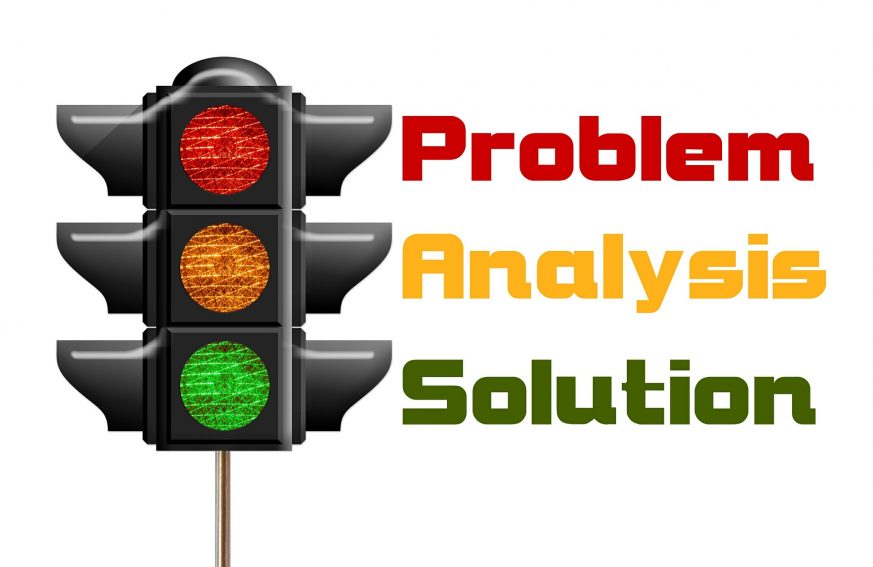
Collaboration over Shared Costs
Another area for collaboration is shared costs. This requires a high level of trust and so maybe Rung 4 on the Awareness Ladder. Shared costs imply collaboration over clients such as I described in my post about advice and subcontracting.
Advice
Take professional advice if you contemplate close collaboration with another business over a significant period of time.
It’s important to put whatever you agree into writing and all parties should take independent legal advice. As far as possible, you want your arrangement to be lawful, so in the event of disagreement, it’s possible to resolve it through legal opinion. If it’s not possible for every aspect of your collaboration, it’s important you enter the agreement wth a clear understanding of the legal implications.
Look at it this way. Say one party walks away after a few years for perfectly understandable issues. All parties understand why and are sympathetic with their reasons. No-one can predict what life will throw at us.
Consider too, what happens should one party die. What would be owed to their estate? If they provided from the arrangement for their family, it seems hardly fair if their family loses out, even if they never contribute directly to the business.
Unravelling legal implications of one party defaulting on an agreement, even where there is sympathy and understanding, is best done in advance. There could be major implications for all parties in the event of death.
The implications could be more serious for an acrimonious split or fraud.
It’s your responsibility to take judicious steps and what follows assumes you do.
Support through Shared Costs
Let’s focus on the advantages. Shared premises and/or staff open up possibilities of support between the businesses involved. Assuming there’s common ground, day to day contact means everyone works more efficiently, generates new ideas through conversations and presents a united front when things go wrong.
Furthermore, shared facilities increase capacity. With shared premises, there may be space for one-to-one meetings with clients or workshop spaces. It may be possible to build a library or house other shared resources.
Shared staff means all parties increase capacity. On their own, they might not be able to support basic administration. Together they can afford support that frees them to do more.
Another possibility may be shared branding. Probably not for the parties, who remain independent but perhaps for the premises.
Possibilities
Shared premises are a possibility. Even if you all do the same type of thing, if everyone works from the same place, then prospects know where to look. This is the principle where professional firms such as solicitors work from the same place, even though they are self-employed.
Following from that, shared equipment may be possible. It depends what you do but most offices need a photocopier and a network server.
Staff is another possibility. Someone who acts as a PA to all the staff may be possible. They would cut down the time spent doing admin and free up the businesses to focus on their work.
It’s possible over time, you move closer together and become a single organisation. This is not always the best outcome, you need to see what happens. There are several ways to do it. Whatever happens you must be clear about areas of accountability. Who is responsible for what?
An interesting dimension is where one person takes an entrepreneurial approach. If others favour a vocational approach, then the entrepreneur might grow the business, providing the space in which the others operate. It’s likely the entrepreneur takes an active interest in the business activity but enjoys the management of premises, staff and growing the business.
Every step we take in business involves risk but it’s worth considering possibilities for growing collaboration.
The final possibility I’ll consider in this sequence is joint ventures. They need not imply collaboration over premises and staff but in some ways make the biggest demands on trust.



